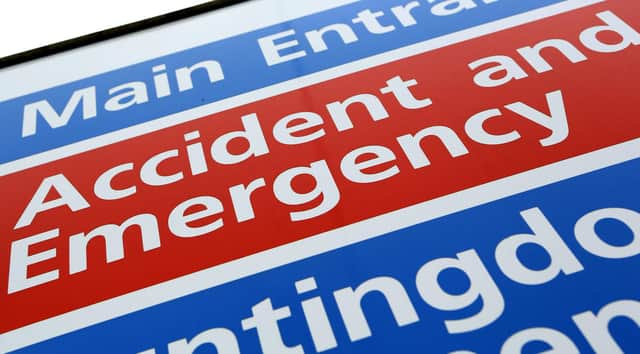Drop in visits to A&E at the South Tyneside and Sunderland Trust last month


Fewer patients visited A&E at the South Tyneside and Sunderland Trust last month – and attendances were lower than over the same period last year, figures reveal.
NHS England figures show 20,446 patients visited A&E at South Tyneside and Sunderland NHS Foundation Trust in June.
Advertisement
Hide AdAdvertisement
Hide AdThat was a drop of 2% on the 20,952 visits recorded during May, and 4% lower than the 21,305 patients seen in June 2021.
The figures show attendances were above the levels seen before the coronavirus pandemic – in June 2020, there were 15,321 visits to A&E departments run by the South Tyneside and Sunderland Trust.
The majority of attendances last month were via major A&E departments – those with full resuscitation equipment and 24-hour consultant-led care – while 33% were via minor injury units.
Meanwhile, around 7% were via consultant-led departments with single specialties, such as eye conditions or dental problems.
Advertisement
Hide AdAdvertisement
Hide AdAcross England, A&E departments received 2.2 million visits last month.
That was in line with May, and the same number as were seen during June 2021.
At South Tyneside and Sunderland NHS Foundation Trust:
In June:
There were 723 booked appointments, down from 747 in May
74% of arrivals were seen within four hours, against an NHS target of 95%
680 patients waited longer than four hours for treatment following a decision to admit – 3% of patients
Of those, three were delayed by more than 12 hours
Separate NHS Digital data reveals that in May:
The median time to treatment was 83 minutes. The median average is used to ensure figures are not skewed by particularly long or short waiting times
Around 4% of patients left before being treated